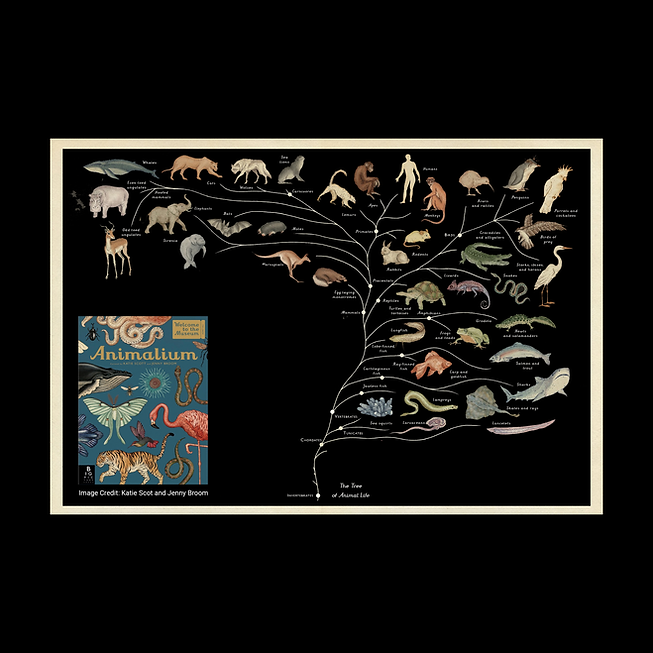
AmphiSpace
A Space for
Amphioxus Research
by the Benito Gutiérrez Lab
Setting the Basis for Morphological Innovation in Vertebrates

Amphioxus has a unique position in the tree of life
Amphioxus (commonly named lancelets) are the only living descendants of the ancestor that gave rise to all animals with a backbone. Phylogeny places them at the root of the entire chordate tree. This means that understanding their biology is key to understand the biology of all these animals (which evolve later) including all vertebrate model systems and humans.
Amphioxus have a vertebrate-like genome without genetic redundancy
Did you know our genome has a lot of duplicated genes? Modern amphioxus have a genome similar to ours, but without duplicates.
This means transcriptional profiles and networks have a minimal number of players in amphioxus, allowing us to decode complex systems in a simpler background.


Amphioxus have a vertebrate-like development and morphology
A great advantage of working with amphioxus is that their embryos are small, abundant, transparent and free living, so they are easy to access in large amounts for experimentation and they are a delight to image